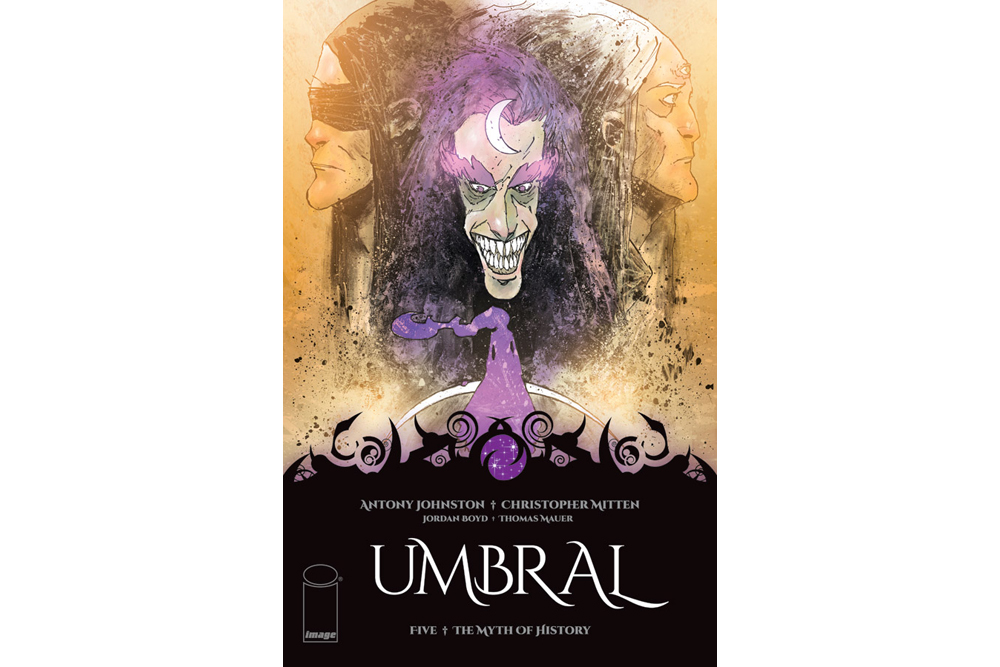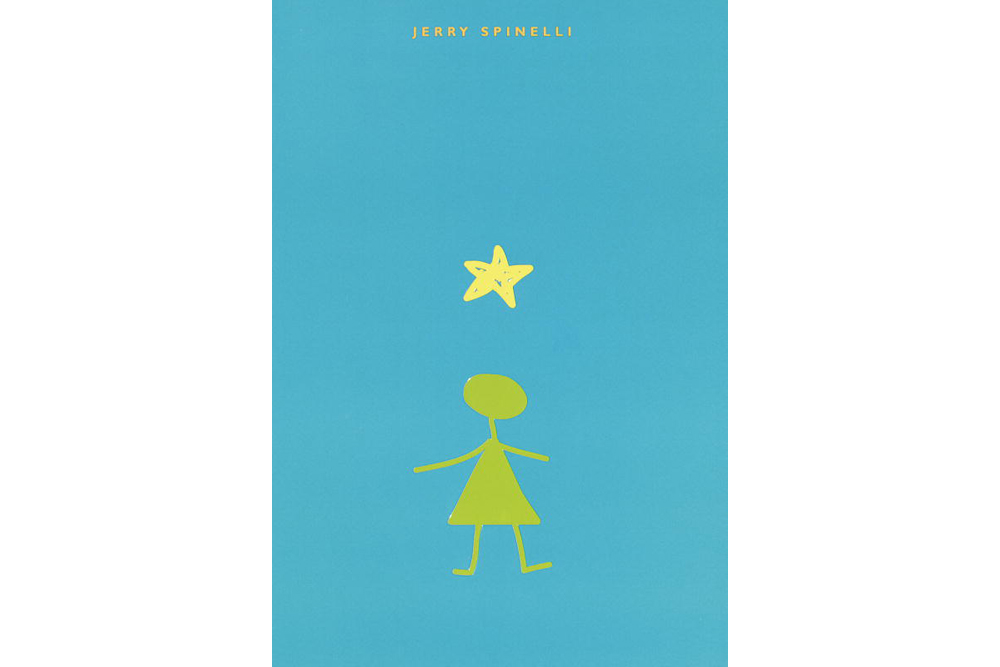Ooligan Press hosted the winter installment of its ongoing lecture series, Transmit Culture, on the evening of Feb. 19. Panelists were brought together to discuss “The Changing Landscape of Bookselling.”
Panelists included Michael Powell, owner of Powell’s Books; Gary Lothian, sales representative at Ingram Content Management, the largest book distributor in the United States; and Marcia R. Johnston, self-published author of Word Up! How to Write Powerful Sentences and Paragraphs.
The panel was moderated by Kent Watson, executive director of PubWest and adjunct professor in the Portland State book publishing program.
Powell, who has been in the industry since the ’60s, said a great deal has changed in book selling since that time.
“There was no technology,” Powell said. “Just books on shelves, pencils and paper. The books were ordered by writing a list on a piece of paper and putting it [in] the mail, and months later books would arrive. That was not dissimilar from 18th or 19th century practices.”
Powell said a great shift was seen in the book publishing world during the ’70s and ’80s, which he attributed to cultural change.
If readers went to pick up a novel in the ’60s, it was likely written by a white, male New Yorker like Philip Roth, John Updike or John Cheever.
It was very unusual to see big novels by women, people of color or immigrants.
“In the ’70s and ’80s, you began to see a shift over to a more diverse sea of publishers and writers,” Powell said.
The eventual dominance of Barnes and Noble, Borders and Amazon created an opportunity for new voices to find space on shelves.
As for today, e-books are what everyone is talking about.
“E-books have garnered about 25 percent of the trade book market,” Lothian said. “In terms of genre, that is predominately romance, mystery. They’re an existing part of our market that we’ve all had to come to terms with.”
Lothian said Ingram Content Management has fully invested in e-books. The company has begun to transition into selling textbooks, which are now being distributed digitally.
Johnston said it’s a very empowering time to be an author.
“My book came out almost two years ago—I started my own publishing company to do it,” Johnston said. “I owned the writing, but had no idea what the steps would be to publish. I wouldn’t be here tonight if we were still in the old world of publishing.”
In the old world, the major publishing companies were operated in the North-Atlantic area. If a major book was published, it was going to be published by a powerhouse in New York or Boston.
Currently, there are about six major publishing houses—and even a few up-and-coming houses in the Pacific Northwest—that have embraced new technology in the publishing world.
“It has changed enormously,” Powell said. “And the speed of that change, and the capacity for facilitating that change, will rise and only get quicker as technology gets smarter.”
Johnston said publishing has reached a point where an author can decide to put a book out, even a minimal run of 100 copies, for friends and family. It’s an act previously unthinkable under the old model, but a reality today.
“You have the satisfaction that you wrote that book,” Johnston said. “That may be all you want, and you can do it today.”






